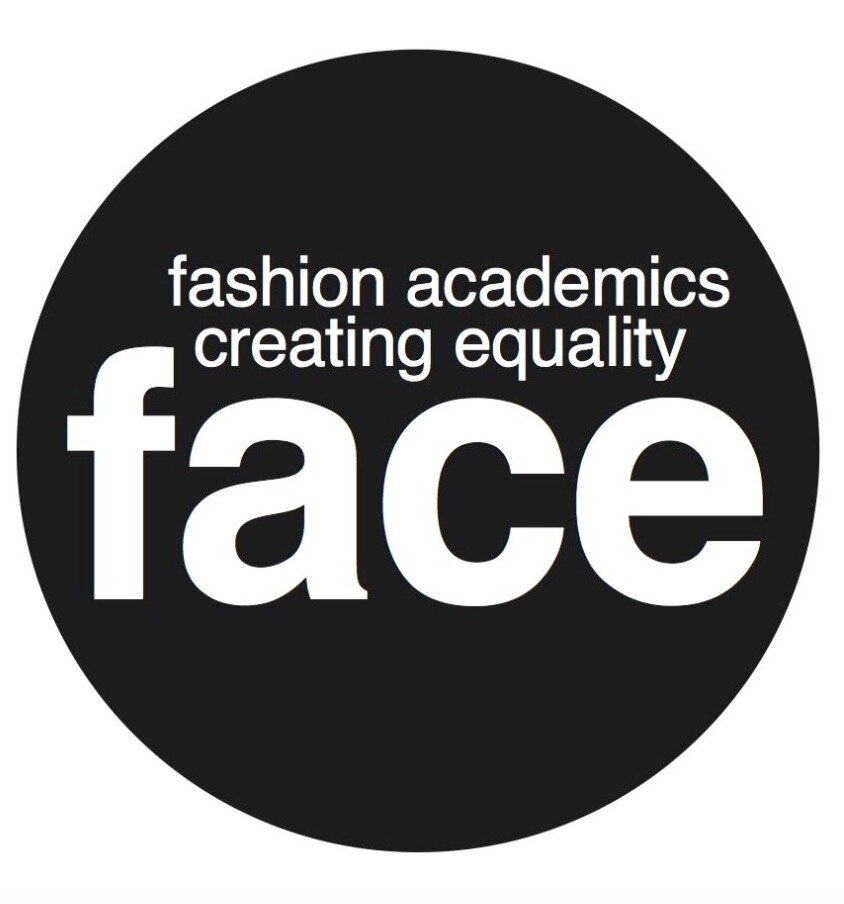A Different Hue of Blue
FACE RACE Teaching Resource by Diana Ashley-Donaldson. This companion page is one of many included in the Handbook. Download here.
“I’m concerned with the legacy of such work – not just in the classroom but beyond.”
Order: A Different Hue of Blue
CONTACT Diana Ashley-Donaldson here
PRICE: £12 (Excluding postage)
As a result of 25 years in education on various MA Multimedia design and post graduate fashion courses, Diana Ashley-Donaldson is clear on the relevance of diverse teaching staff. Many students she’s encountered have never seen nor spoken to a Black person. “Frequently,” she writes in her excellent autobiographical research journey: A Different Hue of Blue: Embedding Diversity and Inclusivity Within the Higher Education Curriculum, “I face prejudices and fears from both home and international students.”
“Other colleagues expressed curiosity upon hearing positive student endorsement of my methods.”
A student might wipe their hands after shaking hers, another, she noted would not touch her, but by the end of their relationship came for hugs. There was aggressive defending or limited frames of reference that required immediate but considered intervention. Donaldson, in agreement with Brookfield (1995) - say nothing and it will be interpreted either as a withholding of approval or as tacit agreement, took action. “When I’m in the classroom I’m scoping my students out, but it goes both ways. They are scoping me out too. As a result of regularly documenting my process along with student feedback, other colleagues expressed curiosity upon hearing positive student endorsement of my methods. That’s when I decided to formalise my experience and turn it into the current report.”
“This is essentially a research project, that centres dogmatism, representation and fear.”
“I’d like people to see this project as a source of encouragement for their ethical practice, from which affirmative actions will follow. I know it can be a bit of a minefield and often times people fear knowing what to do. For me - accessibility is key.”
“When young creatives start to understand that assumptions can be detrimental to critical thinking and growth they gain immediate insight and benefit.”
And so in the warmest of tones, this report explores two Intervention case studies: Tribute and Not the only Fruit, both the result of observations made within the classroom. Donaldson’s clear, empathic and compelling methods are showcased as good practice in inclusive curriculum development. By delivering examples of interaction, discussion and confrontation of personal bias or stereotypes, the writer incentivises student engagement. “When young creatives start to understand that assumptions can be detrimental to critical thinking and growth they gain immediate insight and benefit.” These powerful engagements, with recommendations from featured interventions form the conclusion of her report. In all - a gripping read.
“Arguably there is little tangible evidence illustrating the positive influence of diverse practices and inclusive learning.”
Diana Ashley-Donaldson
FHEA, PG CERT, MA and BA Hons. Accredited Training: Children and Young People’s Mental Health
Senior Lecturer: MA Multimedia design, post and undergraduate fashion courses, UAL: The London College Of Fashion also Associate Lecturer: UAL Central St Martins
“This is essentially a research project, that centres dogmatism, representation and fear. My challenge has always been to guide students through often negative associations of difference (different cultures, genders, ethnicity and nationality) by heightening their awareness of their divergence and similarities through curriculum-based activities. As the investigation developed, I became aware of the many related workshops, events, programmes and projects attempting to embed diversity and inclusivity within the curriculum. Yet, arguably there is little tangible evidence illustrating the positive influence of diverse practices and inclusive learning.”
“I’m detailing what this experience and intervention looks like in the student work itself.”
Donaldson has delivered that evidence by documenting high quality impact. “I’m detailing what this experience and intervention looks like in the student work itself. And I’m also concerned with the legacy of such work – not just in the classroom but beyond. The numerous testimonials I have received, provide compelling evidence of the enduring influence of these interventions, including an expansive world view that lives beyond university life.
Brookfield, S. (1995) Becoming a Critically Reflective Teacher. San Francisco: Jossey-Bass, pp.1-28.
Report Caryn Franklin


